Fern Birds Nest Tissue Culture
$6.12
Fern Birds Nest Plant is actually an evergreen shrub that is native to North America, Canada, and the northern parts of the United States. The name Fern comes from the evergreen leaves, which resemble the evergreen leaves of a fern. The Ferns are beautiful evergreen plants, which makes them ideal for what is fern birds’ nest plant. They are very easy to grow, and their low maintenance makes them the best choice.
Out of stock
SKU: FERBIR801105105T
Category: Tissue culture
Uses of Fern Birds Nest Plant
- The Fern Birds Nest Plant’s leaves use as their food source. As mentioned before, they do not have large leaves, but the main food source is found in the center of the leaf. A good way to take care of this is by keeping the leaves clean.
- Another popular way to use Fern Birds Nest Plant is to create watermills for the birds to nest in. These can be placed in backyards or along pathways, ponds, and other bodies of water.
- You can place the nests in your water barrel in a place where the water is not immediately threatened by vehicles, people, or other forms of interruption such as fences. To make a water barrel, you simply need to fill it with water, add a few chemicals, and then set it in a location where it will be undisturbed by people and wildlife.
- There are many ways to use Fern Birds Nest Plant in your garden, but none offer the visual appeal that Ferns do. Once you learn more about the lovely colorful flowers and the useful properties they possess, you may wish you had known more about them before.
- This is a wonderful Fern Birds Nest Plant and one you should become familiar with. Not only are they a beautiful accent to your garden, but they also have many practical and medicinal uses as well.
Benefits of Fern Birds Nest Plant
- The Benefits of Fern Birds Nest Plant are numerous, as you can observe closely. This is a great choice for your birds if you’re having trouble attracting some. This tree has long been an important part of the native habitat in parts of Mexico and South America.
- Many native species feed on the leaves, which contain significant quantities of many essential minerals and nutrients. Among those are calcium, magnesium, phosphorus, zinc, manganese, copper, and selenium.
- This type of tree is very popular for its edible leaves. Fern Birds Nest Plant has a taste that is pleasant to the taste and also quite nutritious. The flower buds also provide quite a few nutrients. It also has an oily substance that makes it a good nesting location. If you have this kind of birdhouse in your yard, the male will take particular notice of the female.
- Some experts believe that the Benefits of the Fern Birds Nest Plant help strengthen your marriage. The fact that the plant is poisonous to other birds may be a deterrent to other predators, like owls, but there’s no proof to back that up. For rating purposes, both the male and female birds use the nest. In many species of birds, the male carries the female’s food. They both build nest boxes as well as a place to sleep.
- It seems that the Benefits of Fern Birds Nest Plant does more than offer visual attractiveness to the viewer; it also provides significant nutritional value. That could mean helping keep your birds healthy.
- Many studies have shown that feeding benefits, not only the birds but also humans. When a human has a meal, a hormone called hunger is released. That hormone helps you eat less, which in turn can help you lose weight.
Properties of Fern Birds Nest Plant
- Fern Birds Nest Plant are a wonderful addition to the garden, and the Fern Birds Nest is a beautiful specimen plant. This attractive shrub can be found in many countries around the world.
- Fern Birds Nest Plant has been a popular choice for gardens in America for a long time, especially because of its simplicity and its hardy character. Its hardiness is one of the reasons that make it a great choice for gardens. Other fascinating properties make this an excellent choice for a specimen plant.
- The Fern Birds Nest Plant grows quite tall and its branches reach up to nine feet, so it can easily be incorporated into smaller gardens. It is also very easy to maintain and can be thrived on in an area that does not get much traffic or attention. It will also do nicely if you have children or small pets around as it is an ideal bird to bird feeder property.
- One of the things that make this such a good choice for a beginner’s property is that is a very forgiving plant. This Fern Birds Nest Plant can handle any type of soil and any amount of fertilizer and often thrives with minimal pruning. It will also tolerate most lawn insects and diseases. This property allows it to do very well under low light conditions, so it will do nicely in almost any type of garden.
Be the first to review “Fern Birds Nest Tissue Culture” Cancel reply
Related products
Tissue culture
$9.33
Tissue culture
$9.33
Tissue culture
$7.53
Tissue culture
$9.33
Tissue culture
$6.87
Tissue culture
$8.82
Tissue culture
$9.33
Tissue culture
$6.87

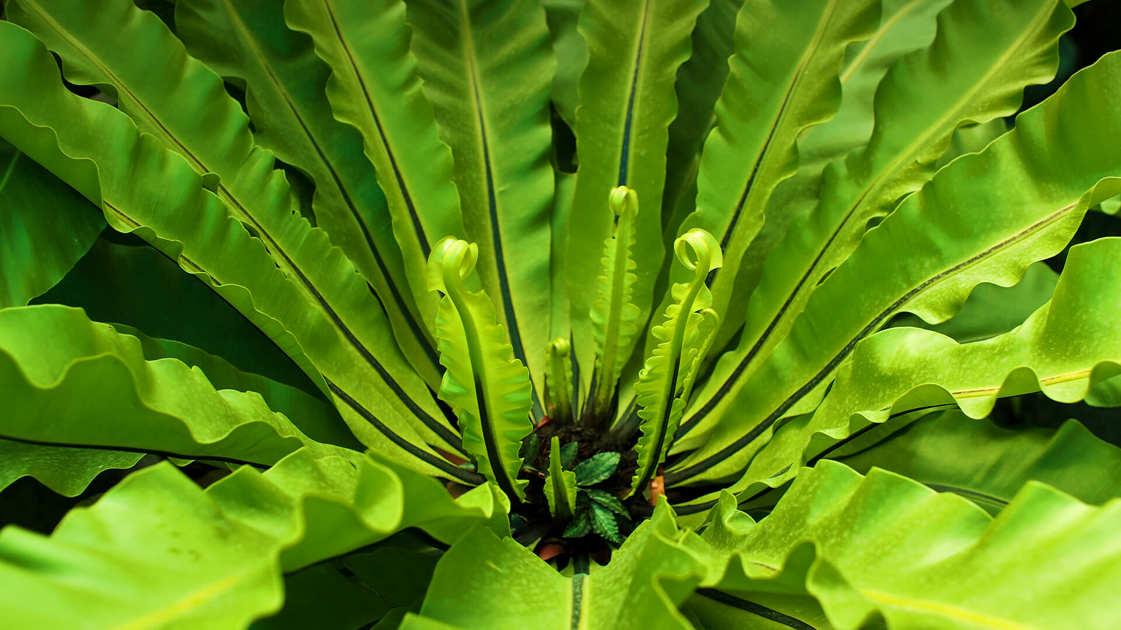
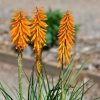
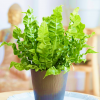
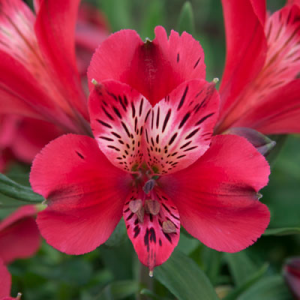
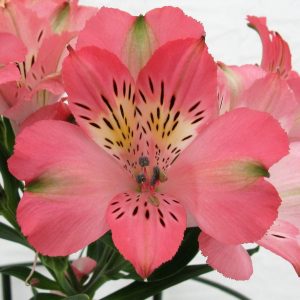
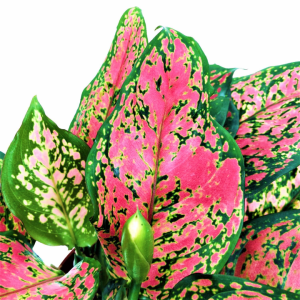
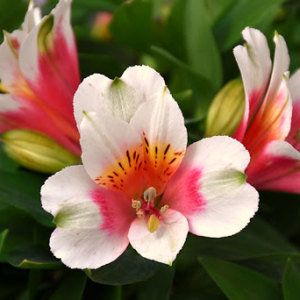
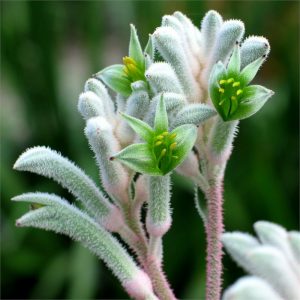
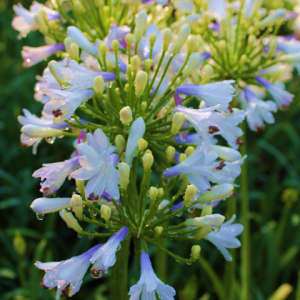
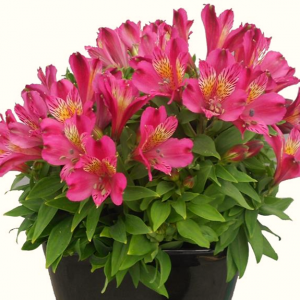
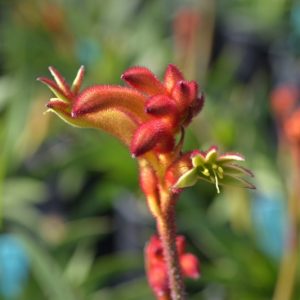
Reviews
There are no reviews yet.